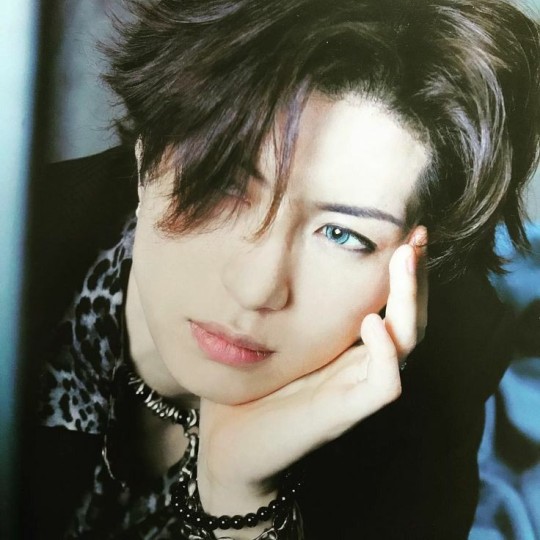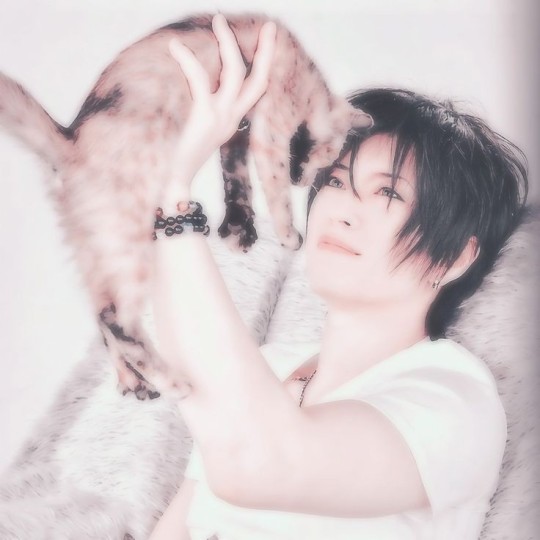#japanese kami
Explore tagged Tumblr posts
Text

Do you have any books based on Asian mythology that you would recommend? I recently read A Mortal Song and I quite liked it. It's a story about Japanese kami who live among humans.
#books#booklr#bookblogger#book photography#ya books#books outside#fantasy books#traveling reader#books on the beach#kolobrzeg#a mortal song#japanese kami#diverse reads#diverse books#asian mythology#ebooks#bookish tumblr#reading recs
3 notes
·
View notes
Text
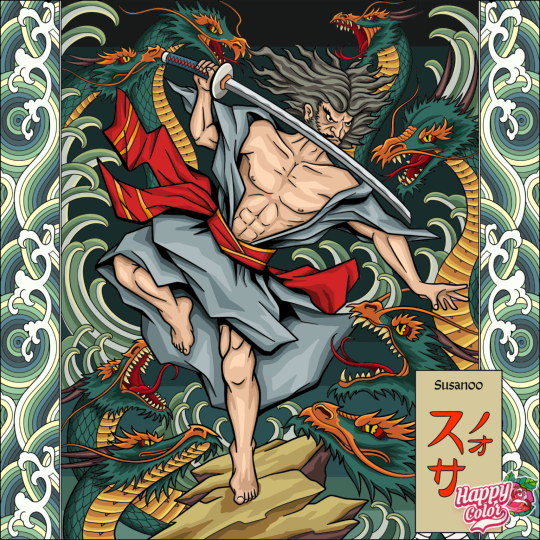
Susanoo, Susanoo-no-Mikoto
God of the sea, storms, fields, the harvest, marriage & love
Husband of Kushinadahime, Kamu-Ōichihime, Samirahime
#happy color#colouring#japanese mythology#japanese gods#japanese kami#susanoo#susanoo-no-mikoto#susanoo no mikoto
8 notes
·
View notes
Text












DO I EXIST?
Jody Chan aubade for the BPD subreddit user who wrote can people with BPD love? // 鉄男 Tetsuo: The Iron Man (1989) dir. Shinya Tsukamoto // The Mountain Goats Birth of Serpents // Dorothea Lasky Love Poems for Bathsheba // Zen Cho The Four Generations of Chang E // atlas a conversation about identity // Silent Hill 3 (2003) cr. Konami // Richard Siken You Are Jeff // unknown // Roe Gardner Requiem // Teki Yatsuda Sleeping on Paper Boats // Jane Mead World of Made and Unmade
#on self#on emotions#on letting go#poetry parallels#poetry compilation#web weave#web weaving#dpdr#depersonalization#jody chan#tetsuo the iron man#shinya tsukamoto#jmovie#japanese movie#japanese horror#horror#horror movie#the mountain goats#dorthea lasky#zen cho#atlas#silent hill#silent hill 3#richard siken#roe gardner#teki yatsuda#sleeping on paper boats#jane mead#kami no fune de nemuru#text
956 notes
·
View notes
Text


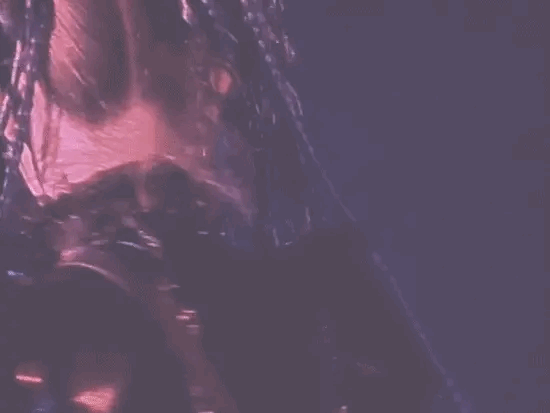

#malice mizer#mana sama#visual kei#vkei#mana sama malice mizer#kami malice mizer#japanese rock#jrock#malice mizer mana#vkeiband#gothic#gothic lolita#music#jmusic
221 notes
·
View notes
Text
This Poster is so interesting

Okay, can we quickly talk about this poster? Because boy, this is interesting.
Maria's familiars are and always were inspired by Japanese/East Asian mythology. In the Games originally they were called Suzuku, Genbu, Byakko and Seiryu. We see Seiryu in the new trailer - I am assuming at least that the dragon we see is Seiryu.
But this here? This looks like a bear. I know, because I spent a good while obsessing over a certain bear. :P
No, but for real. This is very very interesting from the perspective of Japanese mythology. Because in the old Japanese mythology (aka pre-Heian) bears were thought to be manifestations of the gods. Something that still holds true for the Ainu mythology (as anyone who watched Golden Kamuy will have learned). But yes, originally the gods manifested as bears, with foxes as their messangers.
So, given that Maria's summons are all inspired by Japanese mythology, and I know that there are certain nerdy people in the crew, I am personally going to assume they are very much aware of this. Maria is summoning a god.
#castlevania#castlevania netflix#castlevania nocturne#maria renard#japanese mythology#shinto#shintoism#kami#kamuy#golden kamuy
171 notes
·
View notes
Text





He is so angelic♡
#aesthetic#fashion#2000s#makeup#lolita fashion#gothic lolita#malice mizer mana#mana sama#kozi#yu~ki malice mizer#malice mizer gackt#gackt#kami malice mizer#malice mizer#buck tick#miyavi#vkei makeup#vkeifashion#vkeistyle#vkei fashion#vkeiband#vkei#visualkeiband#visual kei fashion#visualkei#visual kei#japanese makeup#2000s photoshoot#1990s#nostalgia
259 notes
·
View notes
Text


2025 anime lineups on my watch card 🎬🇯🇵🤗
seated & extremely excited!!!
The Fragrant Flower Blooms With Dignity
I Have A Crush At Work
I'm Getting Married To A Girl I Hate In My Class
Honey Lemon Soda
The Apothecary Diaries Season 2
Medaka Kuroiwa Is Impervious To My Charms
Wind Breaker Season 2
Witch Watch
Kakuriyo Season 2
My Happy Marriage Season 2
Gorilla No Kami
Anyway, I'm Falling In Love With You
#the fragrant flower blooms with dignity#I have a crush at work#i'm getting married to a girl i hate in my class#honey lemon soda#the apothecary diaries#medaka kuroiwa is impervious to my charms#wind breaker#kakuriyo bed and breakfast for spirits#my happy marriage#gorilla no kami#anyway i'm falling in love with you#shoujo#shoujo manga#shoujo anime#shoujo love#shonen#josei#seinen#japanese#japan#manga#anime#otaku
82 notes
·
View notes
Text

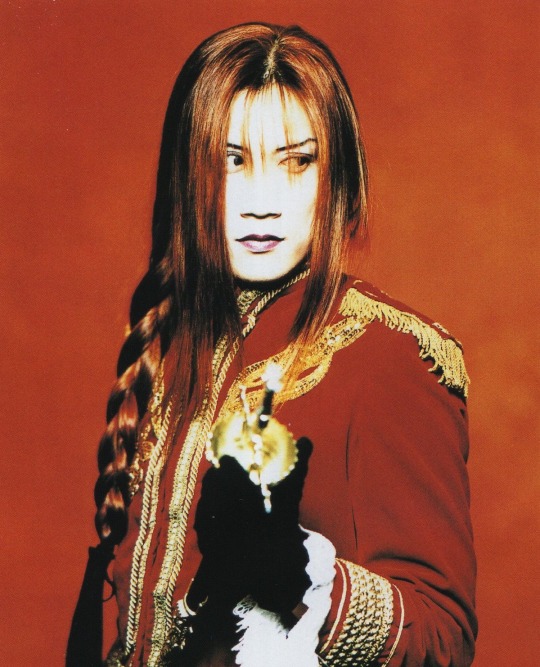
˚₊‧꒰ა | 𝔎𝔞𝔪𝔦 | ໒꒱ ‧₊˚
197 notes
·
View notes
Text
Daily Kami - Day 210

#is this new??#i’ve never saw it before sooo…#at least i don't think so#kami#ukyō kamimura#malice mizer#daily kami#神村右狂#kami malice mizer#visual kei#vk#v系#vkei#japanese rock
58 notes
·
View notes
Text
Songs that were dedicated to Kami


66 notes
·
View notes
Text
I always get so happy whenever I see pics or vids of my fav band's members interacting and having fun cuz I already love them like crazy AND you're telling me that they love each other too? WOAH.
examples <3


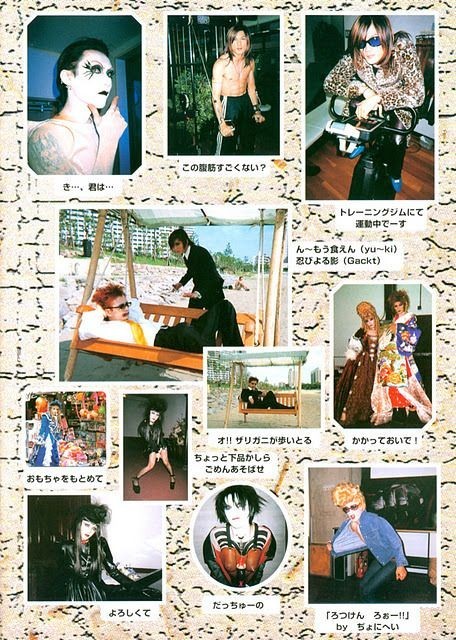
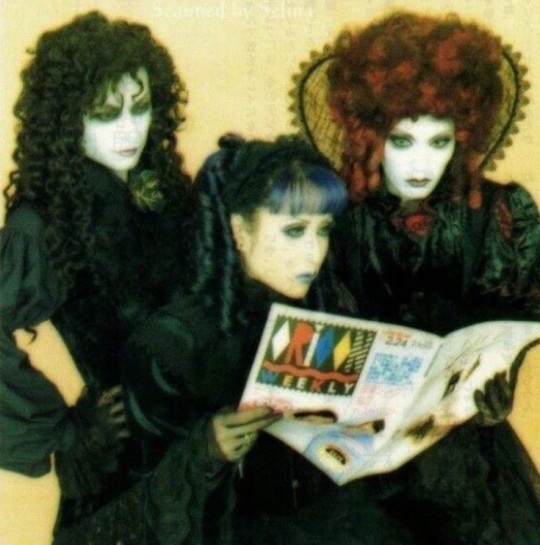
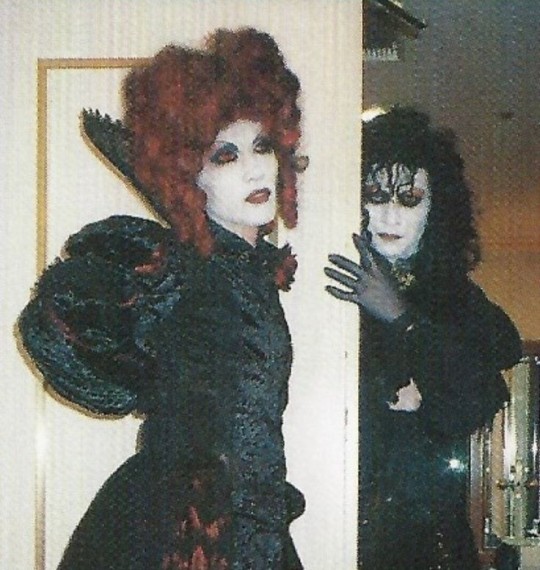
they have my heart.
#cuties#malice mizer#vkei#vkei band#visual kei#j rock#jrock#japanese music#egl#egl fashion#gothic lolita#mana sama#malice mizer közi#yu~ki#gackt camui#kami malice mizer
59 notes
·
View notes
Text

Ame-no-Uzume
Goddess of the dawn, meditation, mirth, revelry & the arts
Wife of Sarutahiko Ōkami
7 notes
·
View notes
Text

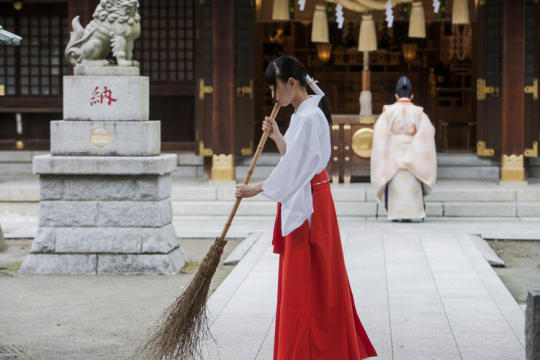
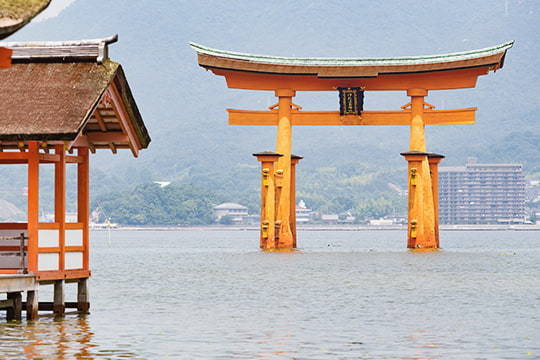

Sean bienvenidos mis queridos fanáticosarqueológicos a una nueva entrega de prehistoria Japónesa en esta ocasión nos trasladamos a la pregunta ¿Cuándo se originó el sintoísmo?. - Aunque parezca raro es una religión que se conformo durante el periódo Jōmon (17.500-300), para ser exactos a finales de dicho período y continua hasta nuestros días los dioses del sintoísmo, se les llama Kamis ( dios) ya que para los japoneses todo tenía un dios las montañas, ríos. - El sintoísmo tiene influencias chinas, coreanas de hay que tenga similitudes con el taoísmo, ¿Qué dos libros recogen la categoría de los Kamis? Son el Kojiki(713d.c) y el Nihonshoki(720d.c). - Espero que os guste y nos vemos en una próxima públicacion un cordial saludo. 🇯🇵 私の愛する考古学ファンを日本の先史時代の新作に歓迎します。今回は、神道がいつ始まったのかという質問に移ります。 - 奇妙に思えるかもしれませんが、縄文時代(17500-300)に形成された宗教であり、正確にはその時代の終わりに、今日まで神道の神であり、カミス(神)と呼ばれています。 日本人にとって、山や川にはすべて神がいました。 - 神道は中国、韓国の影響を受けており、道教との類似点があります。 カミスのカテゴリーに分類される2冊の本は何ですか? こうじき(713d.c)と日本書紀(720d.c)です。 - よろしくお願いします。次の出版物で心からのご挨拶を申し上げます。 🇬🇧 Welcome my dear archaeological fans to a new installment of Japanese prehistory, this time we move to the question, when did Shintoism originate? - Although it may seem strange, it is a religion that was formed during the Jōmon period (17500-300), to be exact at the end of that period and continues to this day the gods of Shintoism, they are called Kamis (god) since for the Japanese everything the mountains and rivers had a god. - Shintoism has Chinese, Korean influences, and there are similarities with Taoism. What two books are classified under the category of the Kamis? They are the Kojiki (713d.c) and the Nihonshoki (720d.c). - I hope you like it and see you in a next publication a cordial greeting.
#kamis#kami#japanese gods#history#japan#jōmon#jōmon period#prehistory#japanese prehistory#taoism#china#korea#religious history#kojiki#Nihonshoki#カミス#カミ#日本の神々#歴史#日本#城門#ピリオドジョモン#先史時代#先史時代日本人#道教#中国#韓国#ヒストリアレリギオーザ#コジキ#日本書紀
91 notes
·
View notes
Text
happy heavenly birthday kami 💜🦋





#malice mizer#kami#kami malice mizer#visual kei#vkei#butterfly#hbd#happy birthday#musician#japanese music
102 notes
·
View notes
Text
Basic resources for people interested in Shintō
Resources in English:
Mythological text "Kojiki": translated by Donald L. Philippi (Princeton University Press, 1969); translation by Basil Hall Chamberlain online
Mythological text "Nihongi": translated by William George Aston (London, 1956); 1896 version online
Historical account including mythology "Izumo fudoki": translated by Michiko Yamaguchi Aoki (Tokyo, 1971)
Online Encyclopedia of Shinto (EoS) by Kokugakuin University
Resources in German:
"Kojiki" - deutsche Übersetzung von Klaus J. Antoni (Berlin, 2012)
"Nihongi" - deutsche Übersetzung von Karl Florenz (1901), Link
"Die Mythen des alten Japan" von Nelly Naumann (Köln, 2011)
"Die einheimische Religion Japans - Teil 1: Bis zum Ende der Heian-Zeit" von Nelly Naumann (Leiden/Niederlande, 1988)
"Shintō - Eine Einführung" von Ernst Lokowandt (München, 2001)
NOTE: Aston, Chamberlain and Florenz are very biased due to their time period and nationality so take their interpretations with a grain of salt! Also, most of these researchers are white and non-Japanese so they might be biased as well!
#shintō#shinto#shintou#kami#japanese mythology#mythology#shintology#japanology#academia#academic resources
23 notes
·
View notes



